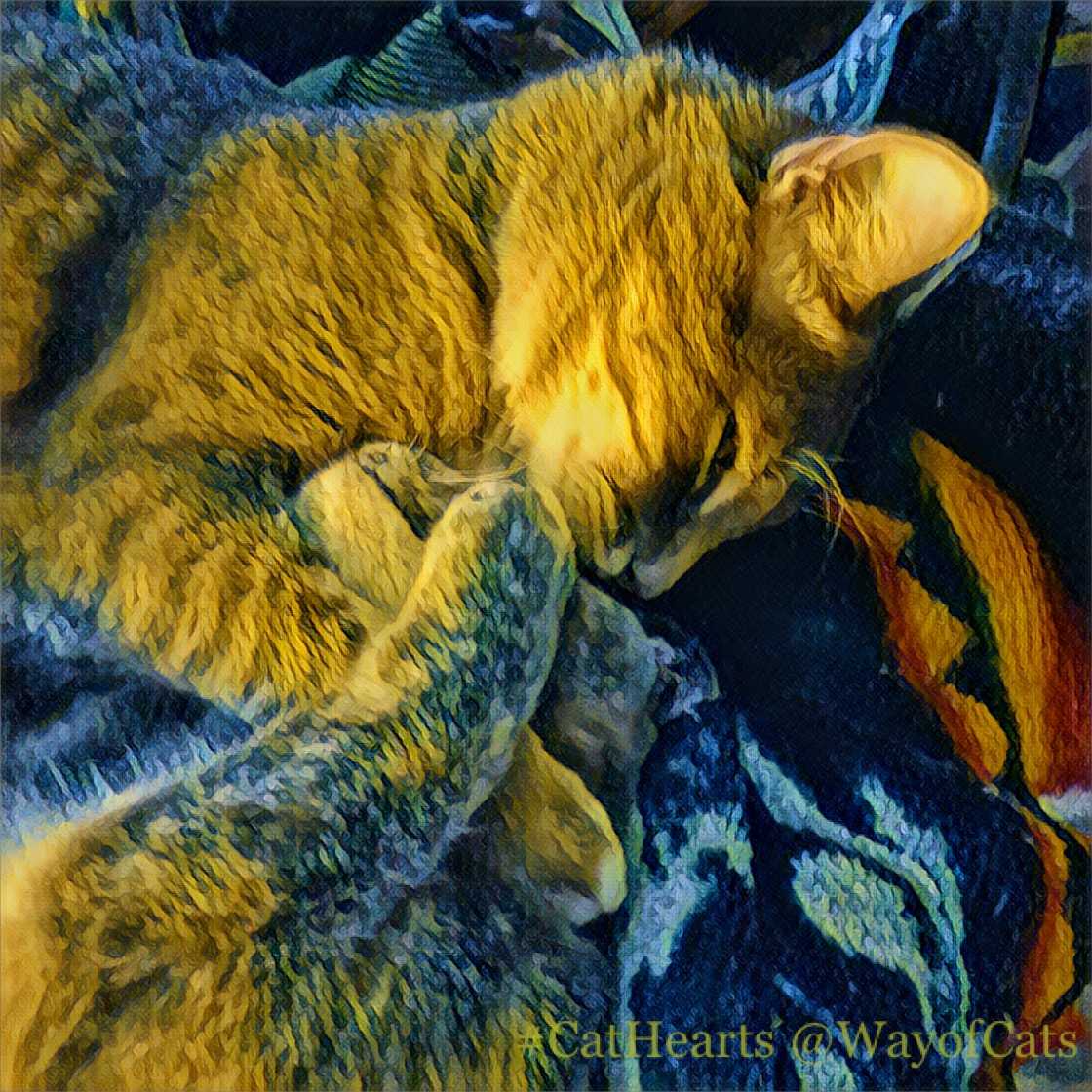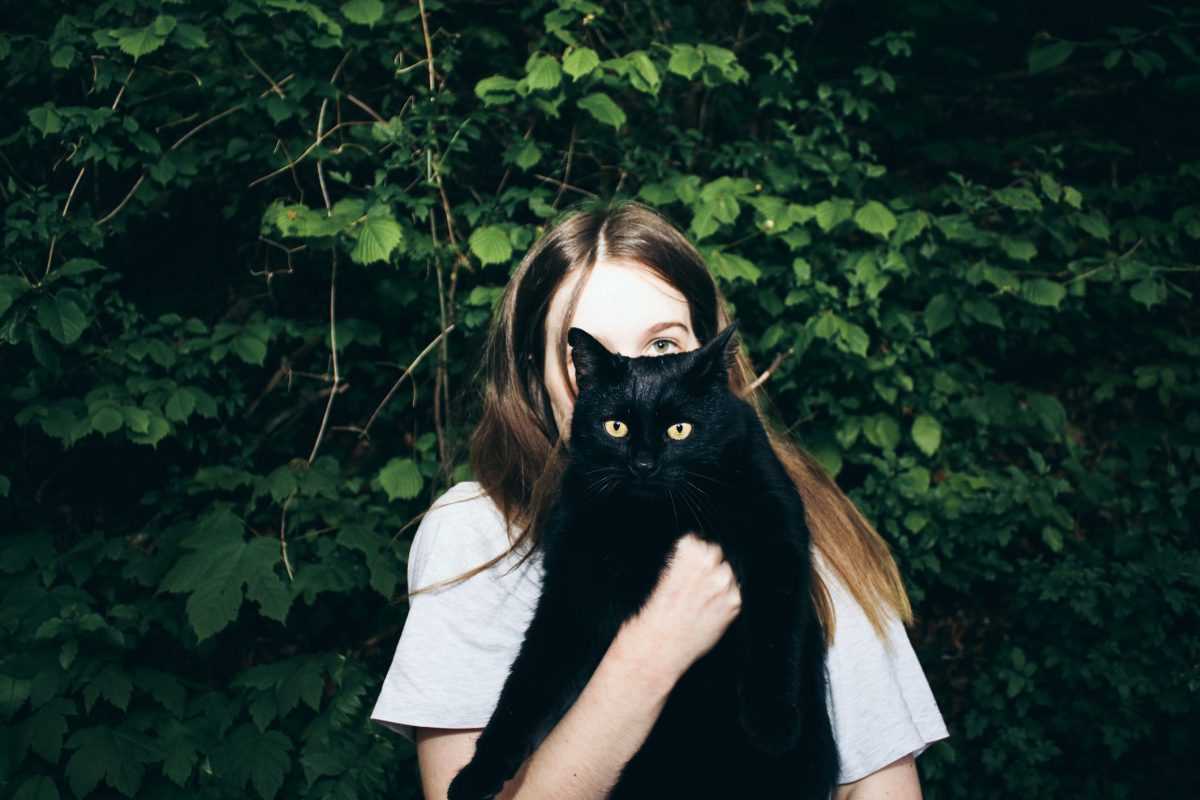Honestly, I prefer my personal space to be respected. While some may find comfort in close contact, I appreciate a gentle approach. If you ever consider wrapping your arms around me, be aware that I might squirm a bit or give you a gentle nudge to signal my desire for distance.
Observing my body language is key. When I’m feeling relaxed, a soft pat or a gentle stroke on my back can be quite pleasing. However, if my ears flatten or my tail flicks, it’s a clear sign that I’m not in the mood for proximity. It’s essential to pay attention to these cues to ensure our interactions remain enjoyable.
Creating a bond is about mutual comfort. I thrive on affection when it’s on my terms, like when I approach you for a cuddle session or curl up beside you. This way, I feel secure and cherished, without the feeling of being restrained. Remember, it’s all about understanding what makes me comfortable.
Do Cats Enjoy Being Embraced?

From my perspective, it’s all about how it’s done. I appreciate gentle interactions where I feel secure. A light hold around my body can be comforting, especially when I’m in the mood for closeness. However, it’s crucial to recognize that not all of us appreciate this kind of attention. Some prefer their personal space and might react negatively if held too tightly or for too long.
Understanding Signals
Pay attention to my body language. If my ears are back, tail flicking, or I’m trying to wriggle free, it’s a clear sign that I’m not enjoying the moment. On the flip side, if I’m purring or leaning into you, I might be ready for a little cuddle. Knowing when to let go is just as important as the embrace itself.
Alternatives to Holding
If you find that I’m not a fan of being tightly wrapped up, consider sitting beside me instead. Gentle petting or brushing can provide a sense of intimacy without the discomfort of being constrained. Creating a cozy environment where I can choose to come close on my own terms often leads to more affectionate moments.
Understanding Feline Body Language
Pay attention to tail position. A high, quivering tail indicates excitement or happiness. Conversely, a low tail that’s tucked reveals fear or discomfort. Observe the ears; forward-facing ears signal curiosity, while flattened ears suggest irritation or aggression.
Facial Expressions
Look closely at my eyes. Slow blinking often means trust and affection. If I’m staring with dilated pupils, I might be feeling threatened or overly stimulated. Whiskers also convey mood; when they’re forward, I’m engaged, but if they’re pulled back, I may be feeling anxious.
Body Posture
A relaxed body, with stretched-out limbs, indicates comfort. If I’m crouched or hiding, it’s a sign I’m feeling insecure. The way I position myself near you can also reveal my feelings; if I’m lounging beside you, it shows I enjoy your presence.
Understanding these signals enhances our interactions, ensuring they’re enjoyable for both of us. Respecting my personal space is key; not all gestures of affection are welcome. Always observe my reactions and adjust accordingly.
Signs Your Cat Enjoys Being Held
Pay attention to these indicators that show I appreciate your affection. First, if I purr when you scoop me up, it’s a sure sign of contentment. My relaxed body posture, where I don’t tense up or try to escape, also reflects my comfort level.
Another telling sign is my head nudging against you while I’m cradled in your arms. This behavior expresses trust and affection. If I knead my paws against you, it indicates I feel safe and cherished. My tail position can reveal a lot too; a tail held high signifies happiness and ease.
When I settle in for a cuddle and close my eyes, that’s a clear signal that I’m enjoying the moment. If I occasionally glance up at you with half-closed eyes, it’s my way of showing I’m relaxed and at ease in your presence. You might also notice me grooming myself after being held; that’s a sign I’m feeling calm and secure.
For those moments when I might seem a bit gassy, feeding me the right diet can help. Check out cat food for cats with gas to ensure I’m comfortable and happy.
Common Reactions of Felines When Embraced

When someone wraps their arms around me, the reactions can vary significantly. Here’s what I often observe from my fellow companions:
1. Withdrawal
- Tensing up is common; many retreat or pull away when confined.
- Some may display flattened ears, indicating discomfort.
- A quick escape can often follow, showing a desire for freedom.
2. Purring
- Conversely, a contented rumble may signify enjoyment.
- Some may lean into the embrace, signaling acceptance.
3. Tail Language
- A low, twitching tail often means agitation or annoyance.
- An upright tail, on the other hand, can indicate happiness and trust.
Understanding these varied responses can enhance interactions and ensure comfort for everyone involved.
How to Properly Hug Your Cat
To ensure a positive experience for both of us, follow these steps:
- Approach Slowly: I appreciate when you move in slowly, allowing me to adjust to your presence.
- Gauge My Mood: Look for signs of comfort. If I’m purring or kneading, it’s a good time.
- Support My Body: Use both hands to gently lift me, supporting my back and legs. This feels safe.
- Keep It Brief: Short snuggles are best. A few seconds can be enough; I don’t need a long embrace.
- Pay Attention to Signals: If I start squirming or my ears go back, it’s time to let go.
Best Techniques for a Cozy Moment
- Use a Soft Blanket: Wrapping me in a soft blanket can create a cozy environment.
- Stay Calm: Your relaxed demeanor helps me feel secure.
- Avoid Overhead Approaches: Coming from above can be intimidating. Approach from the side instead.
If you’re looking for great gear for your adventures together, check out the best backpack baby carrier! It makes traveling a breeze.
Alternatives to Hugging for Affection
If you want to show me love without the squeeze, consider gentle petting. A soft stroke along my back or behind my ears can bring immense joy. I appreciate slow, deliberate movements that make me feel safe and cherished.
Another great way to connect is through interactive play. Engaging with feather wands or toy mice allows me to express my natural instincts while strengthening our bond. Watching me chase and pounce can lead to delightful moments of joy for both of us.
Cozy Spaces
Creating a comfortable spot for me to rest is also a fantastic gesture. A cozy blanket or a sunny windowsill can become my favorite retreat, where I know I’m loved. Don’t forget to join me there occasionally; your presence is the best warmth.
Soft Sounds
Whispering sweet nothings or softly talking to me can be incredibly soothing. I respond well to calming voices, and it helps me feel secure. Just keep the volume low–loud noises can make me anxious.
When to Avoid Hugging Your Cat
If I’m showing signs of stress, it’s best to skip the embrace. My ears might be flattened, tail twitching, or I could be hiding. These signals indicate discomfort, and forcing a snuggle can escalate my anxiety.
Also, after a long day of play or when I’m resting, I may prefer my personal space. Letting me recharge is key. If I’m in a deep sleep or grooming, interruptions can be annoying. Respecting my downtime is essential.
Timing matters. If I’ve just had a vet visit or a stressful event, I might not want close contact. Give me time to settle before attempting any cuddles. If I’m feeling unwell or in pain, I may react negatively to being picked up.
Here’s a quick reference table for guidance:
| Situation | Recommended Action |
|---|---|
| Flattened ears or twitching tail | Avoid any close contact |
| Deep sleep or grooming | Let me rest |
| Post-vet visit | Give me space |
| Signs of illness or pain | Do not attempt to hold |
Understanding my mood and respecting my boundaries will make our interactions more enjoyable. Pay attention, and you’ll know when to give me a break from the cuddles.
FAQ:
Do all cats enjoy being hugged?
Not all cats like being hugged. Each cat has its own personality and comfort levels. Some cats may appreciate the closeness and warmth of a hug, while others might feel trapped or stressed. It’s important to observe your cat’s body language. Signs of comfort include purring, relaxed posture, and nuzzling. Conversely, if a cat squirms, tries to escape, or shows signs of aggression, it’s best to respect its boundaries and avoid hugging.
How can I tell if my cat likes being held or hugged?
To determine if your cat enjoys being held or hugged, pay attention to its behavior. A cat that likes being held may purr, knead its paws, or nuzzle against you. Additionally, a relaxed body posture, such as a loose tail and ears facing forward, indicates comfort. If your cat struggles to escape, flattens its ears, or hisses, these are signs it does not enjoy being hugged. Building trust through gentle interactions can help your cat feel more comfortable with physical affection over time.







